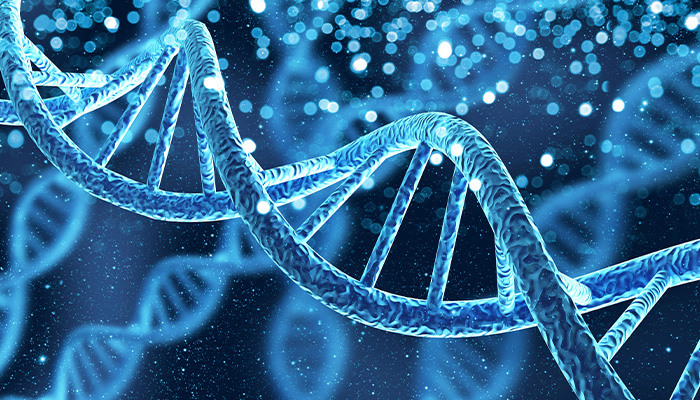SCIENCE

SCIENTISTS UNCOVER HIDDEN “VIRAL CODE” IN HUMAN DNA THAT CONTROLS GENE ACTIVITY
A Hidden Code in Your DNA? Scientists Say "Junk" Genes Are More Powerful Than We Thought
For decades, scientists believed that large portions of our DNA—sometimes called “junk DNA”—had no real purpose. But a new international study is flipping that idea on its head, showing that this so-called junk may actually be some of the most powerful and important genetic material in our bodies.
According to researchers from Japan, China, Canada, and the U.S., ancient viral DNA buried in our genes is far from useless. In fact, these leftover viral sequences are now acting as tiny switches that help turn our genes on and off—especially during the earliest stages of human development.
Long ago, viruses inserted pieces of their genetic code into the DNA of our ancestors. These viral “stowaways,” now known as transposable elements (TEs), make up nearly half of the human genome. While they were once written off as genetic leftovers, new findings show they may have evolved to perform essential regulatory roles.
The study focused on a group of these elements called MER11. By reanalyzing them with better tools and a fresh approach, scientists discovered something remarkable: MER11 sequences are not all the same. In fact, they can be divided into four subfamilies, with the youngest (called MER11_G4) showing an incredible ability to activate genes.
The researchers used a high-tech lab technique known as lentiMPRA to test nearly 7,000 MER11 sequences in human stem cells and early brain cells. This helped them see how each sequence affected gene activity.
They found that the youngest MER11 group—MER11_G4—was especially powerful in boosting gene expression. These sequences contain regulatory “motifs”—short sections of DNA that act like control buttons for turning genes on or off. Some of these motifs are even unique to humans and our closest relatives, suggesting they helped shape how our brains and bodies developed differently from other species.
This discovery shows how ancient viruses helped shape who we are today—not just by inserting their DNA into ours, but by giving us tools to control our genes in new ways.
It’s also a reminder that the parts of our DNA we once ignored may actually hold the keys to understanding everything from development to evolution.
Dr. Xun Chen, one of the lead researchers, said these findings could help explain what makes humans biologically unique. “We’re learning that what we once thought was junk is actually treasure,” he noted.
"This represents a significant development in our ongoing coverage of current events."— Editorial Board









